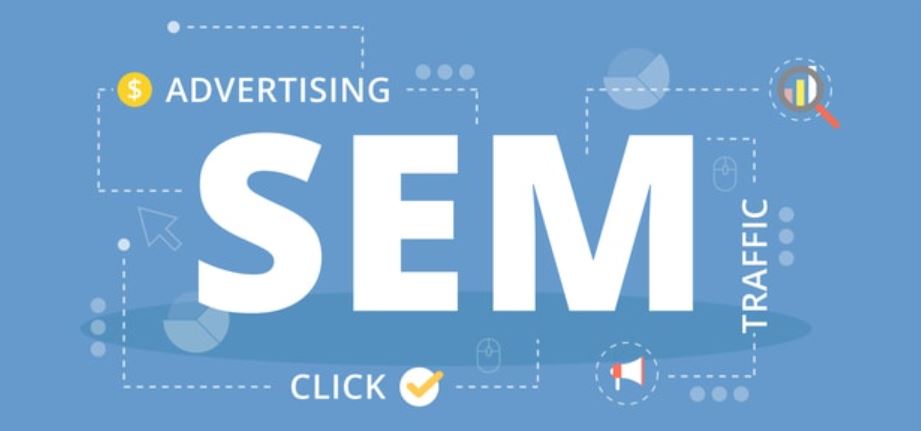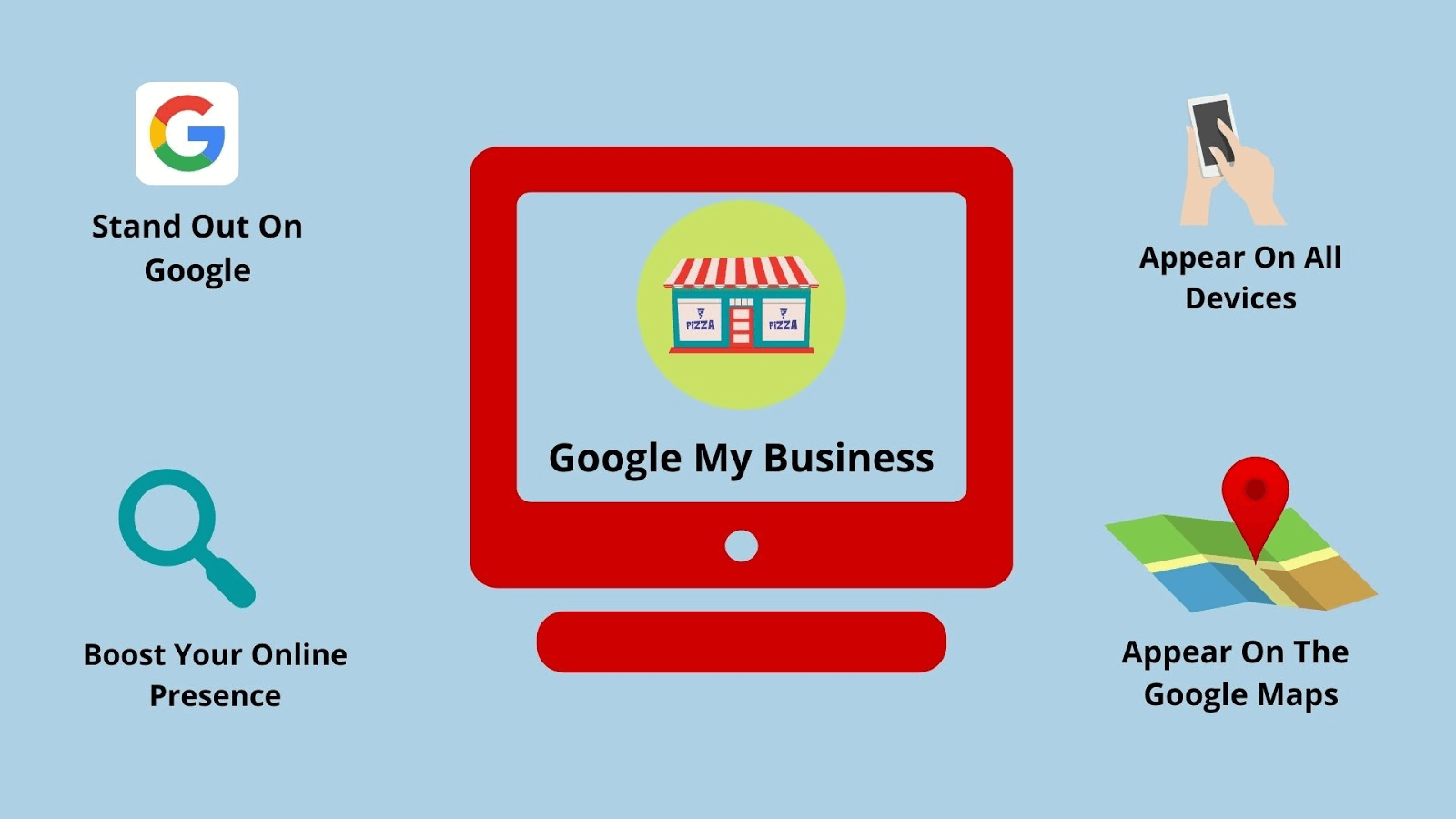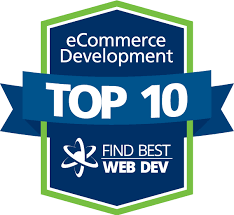What is Search Engine Marketing (SEM)?
Utilising search engine results to market your website is known as search engine marketing (SEM). It accomplishes this primarily by strategically utilising sponsored search engine advertising. SEM can be thought of as the advertisements that appear at the top of Google whenever you search.
In this sense, SEM differs from other popular internet marketing techniques like search engine optimisation or SEO. Businesses frequently use SEO and SEM together to boost site traffic.
Advantages of SEM
Now that we have discussed what SEM is, let’s take a look at the nine main benefits of SEM:
1. Promotes Brand Awareness
Your brand may benefit from the paid advertisements used in SEM to stand out from the crowd. These ads can impact customers’ perception of your business, regardless of the title or URL connection.
Combining it with other brand recognition methods might help you gradually and rapidly gain your target audiences’ attention.
2. Fast result
Using organic SEO to increase visibility requires time and effort. However, SEM yields results nearly immediately. As a result, it’s the best short-term technique for raising awareness of your company.
3. Ability to target ads based on location
With SEM, you can set up your adverts to only target people nearby your business. This aids in eliminating searchers who are too far away from you.
Additionally, SEM facilitates connections with your local customers keen to discover local businesses. Perhaps this is why Google search results for “near me” and “where to buy” queries have increased by 200% in the last two years.
4. Easy to manage
The simplicity of SEM is another one of its appealing features. It’s simple to develop and manage any ads you utilise through the service, thanks to platforms like Google Ads.
For instance, you can set up schedules for various advertisements, allowing them to run or stop for as long as your budget permits. Before opting to stop running your advertising, this scheduling ensures you get the most value for your money.
5. Targets the right audience
As we previously mentioned, search engine marketing enables you to target customers close to your business. But there are other ways that SEM can help you reach your target market. For example, you can reach diverse socioeconomic, racial, and age groups with different keyword searches.
Including specific keywords in your ads can help you reach different clients who are more inclined to interact with your business. For example, consider the scenario where you want your advertisement to reach young Gen Z consumers. You may target them with pertinent information by learning what terms they’re using to search.
6. Brings traffic to your website
Your site’s adverts are often the first thing they see. If your advertisement is successful, it may increase visitors to your website.
This is especially beneficial if you need help with SEO to generate organic visitors. The paid adverts can be used to increase traffic until you start attracting them organically.
7. Ability to track performance
Real-world evaluations of advertising campaign efficacy are frequently time-consuming and expensive. They call for things like focus groups, polls, and comparable measures. Fortunately, SEM tools like Google Ads provide quick access to data like the most effective keywords, impressions, and click-through rates.
One of the best benefits of SEM over conventional advertising is that its tools enable you to evaluate the effectiveness of your advertising. If you see that one ad performs better than another, you can quickly modify your approach and run more successful search engine ads.
8. Cost-effective
The expense of digital marketing is usually what many small businesses are concerned about. Many business owners are reluctant to assume the risk associated with digital marketing because of the cost. However, while there are many free options to promote your brand online, there are better options than these.
The fact that SEM is the most cost-effective type of digital marketing is one of its best features. A search engine ad can frequently be created for as little as $5, and you can invest up to whatever number you’re comfortable with. Of course, the outcomes may vary depending on your budget, but you can still get results even with a small expenditure.
9. Pay-per-click (PPC) utilisation
SEM encompasses both paid and organic search results (SEO). As the Internet got older, SEM became renowned as being closely tied to paid search or pay-per-click (PPC).
The process of driving traffic to a specific website by purchasing advertisements on search engines using keywords relevant to their target site visitors is known as pay-per-click (PPC) search engine marketing, or what is sometimes referred to as paid search. In addition, the price of an ad is often determined by a bidding mechanism where many advertisers target the same markets.
The search advertising cost model, which is typically relevant for some ad types, simply costs for clicks; companies are no longer required to pay upfront for complete ad slots. Instead, businesses only pay when a user hits one of their ads. This fee is known as Cost Per Click (CPC).
CONCLUSION
Meta descriptions may be invisible to the user, but they do contribute to healthy fundamentals when optimising a website for good SEO. Comb through your site with these meta description best practices and watch your traffic improve over time as they become relevant to the users and their search intent. Good luck!
Still a little lost on building that first website or optimising it for SEO? Let the consultants at Weave guide you through similar best practices and achieve the results you deserve.











